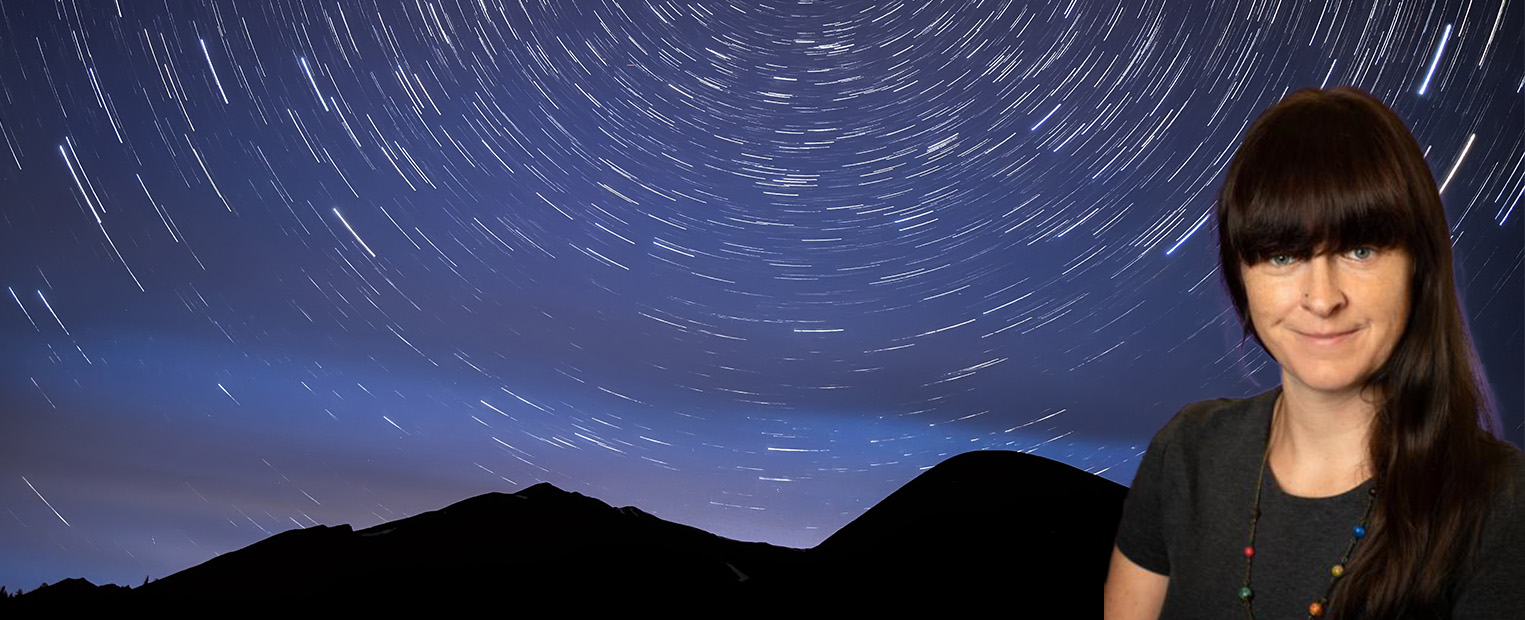Rhiannon Mayne, chair of Meteoritics and Planetary Science and curator for the Oscar E. Monnig Meteorite Gallery at TCU, in collaboration with Native Earth | Native Sky (NENS), was awarded a grant for her Native Meteorites (NaMe) program. NENS aims to offer a better understanding of and stimulate interest in STEM programs that incorporate Native American stories and voices by developing holistic curriculum that interweave Native American stories and language with STEM principles. It targets middle school students in Cherokee, Choctaw, and Chickasaw Nations and is led by Dr. Gardner Vandy at Oklahoma State University.
NaMe is a part of the NASA Science Mission Directive Community of Practice of Education (ScoPE) Seed Grant program. Grants range from $5,000 - $20,000 and go to scientists and engineers for projects that can bring their science to national audiences with the help of a NASA Science Activation Project (SciAct) Team.
Mayne says, “The overall objective of NaMe is to amplify the work of the Native Earth | Native Sky SciAct program by recognizing the critical importance of free-choice learning in education and providing a different lens through which STEM can be made culturally relevant for students in Native American nations.” Whereas NENS is focused on establishing a process by which to create curricula for the classroom, NaMe will focus on free-choice (informal) STEM learning opportunities, which are those that take place outside of a formal classroom environment.
“This proposal was written in collaboration with NENS, and I relied upon them to make sure the project was scoped appropriately to meet our goals. Our focus is to identify meteorites that fell on the native lands of the Cherokee, Choctaw, and Chickasaw Nations in Oklahoma and acknowledge that these meteorites have two places: one is extraterrestrial, and the other is on the land of the Nation itself,” Mayne says. Meteorites lend themselves well to place-based education, which connects student learning to their surroundings. Establishing learning as personally relevant increases engagement and strengthens ties within the local and global community. A meteorite’s story can serve as the foundation for understanding the entire history of the meteorite, including its formation – a concrete example of cultural relevance in planetary science and STEM.
Mayne adds that students from TCU are already participating in Native Meteorites. “If anyone else is interested in getting involved, I encourage them to reach out to me (r.g.mayne@tcu.edu). A seed grant is, as its name suggests, supposed to be just the beginning. Dr. Gardner-Vandy and I have plans to expand NaMe significantly in the future, and we would love for more people to become involved” she says.
Learn more about CSE’s Oscar E. Monnig Meteorite Gallery and the NASA Science Mission Directive Community Practice of Education Seed Grant program.
